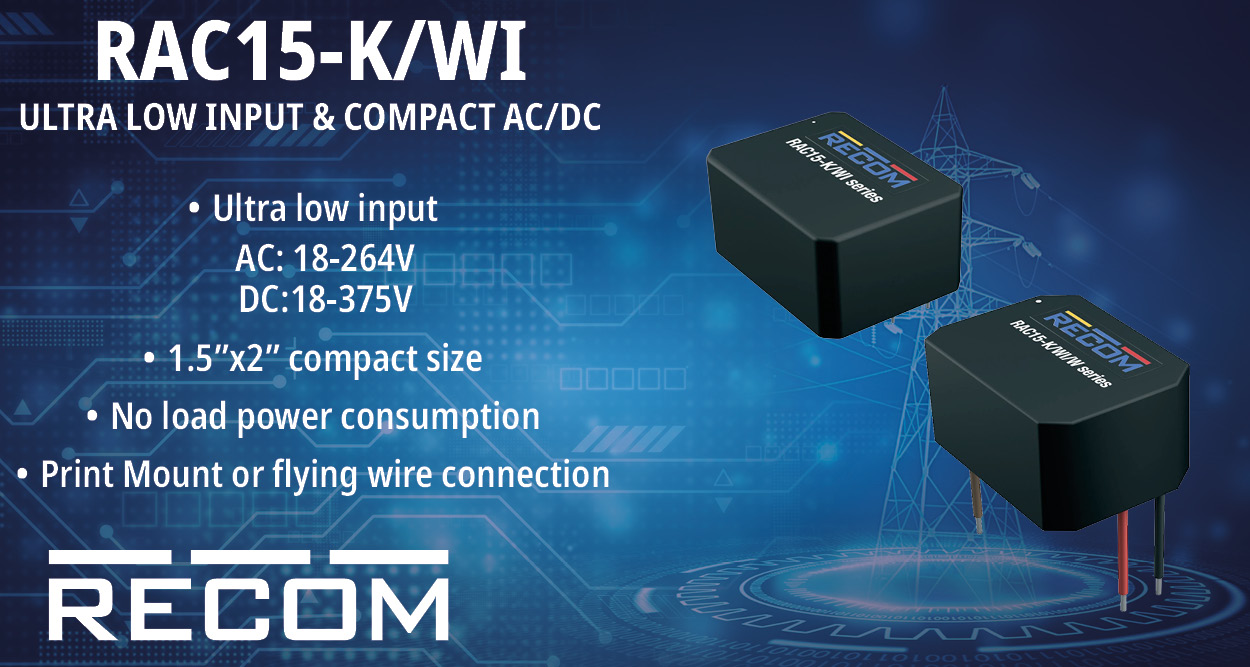OMC, a pioneer in optoelectronics design & manufacture, has published a new technical white paper, titled ‘Industrial fibre optic datalinks: consider your optical budget’, discussing the importance of carefully calculated optical budgets in the design of industrial fibre-optic datalink systems for long-life high-reliability (hi-rel) applications, including a worked example.
Designing a fibre optic system that reliably works – both at installation and for the long term – demands careful consideration of the optical constraints involved. In many applications, the optical budget can be so critical that standard device performance tolerances are not suitable. And industrial fibre optics is often still considered something of a ‘black art’ in the electronics sector.
Aimed at engineers designing industrial fibre optic systems for a wide range of mission-critical and high-reliability applications – from braking systems in railway networks to interference-resistant and electrically isolated communications in the defence and high voltage sectors, this white paper explains why determining the optical budget for your application is critical, before outlining how to do so, using a worked example.
“Fibre optic datalinks typically comprise a transmitter, a fibre optic cable and a receiver – turning an electrical signal into an optical signal, then back again at the other end. To ensure this happens reliably, sufficient light must reach the receiver that it recognises there’s a pulse – and for digital transmission, the optical signal must be bright enough for the receiver to distinguish between a one and a zero,” explains William Heath, Commercial Director at OMC. “And for a system to function dependably long-term, this must remain true for every bit that’s sent, in each link installed in the system, for the full design-life of the system. To ensure this happens, we first need to establish a suitable optical budget – that is: how much optical power there is in the link versus how much the receiver needs to receive.”
Supporting requirements for both new optical links and replacements for legacy components in systems that require maintenance, OMC’s comprehensive understanding of the different components of industrial fibre optics – transmitters, receivers, connectors and cable assemblies – backed up by its vertically-integrated, in-house manufacturing capabilities, is unique in the industry. Established over 40 years ago, OMC offers world class technical capability for the design and manufacture of complete optical links – and can help engineers reliably incorporate fibre optics into their industrial system designs, from component selection to optical budget calculation, right through to customer-specific component manufacture at its UK facility.
Many off-the-shelf fibre-optic components struggle to meet the standards of performance, robustness and consistency needed in long-life industrial applications. This is why OMC has designed and developed a range of proprietary components that interface with industry standards while offering much-enhanced features. The company also offers a device optimisation facility where each transmitter or receiver can be honed during the manufacturing process to ensure that its optical characteristics fall within a customer-specific performance window.

















